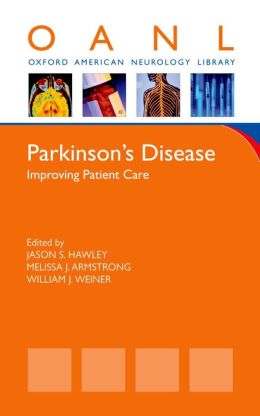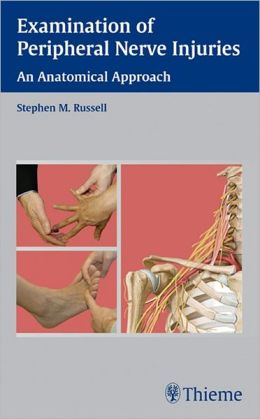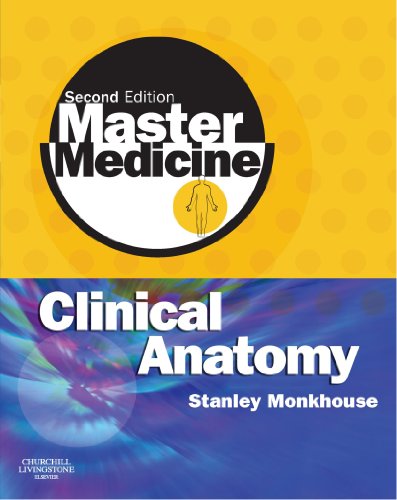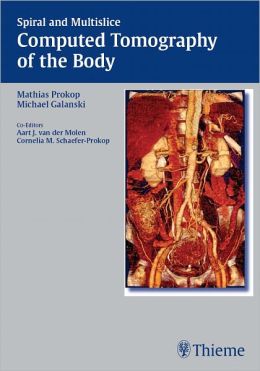-4%
Parkinson’s Disease: A Comprehensive Guide for Healthcare Professionals
What is Parkinson’s Disease?
Parkinson’s disease is a neurodegenerative disorder characterized by motor symptoms such as tremors, rigidity, and bradykinesia. It is caused by a loss of dopamine-producing neurons in the brain.
Patient Care
Parkinson’s disease requires a comprehensive approach to patient care involving a multidisciplinary team of healthcare professionals. This includes:
- Primary care physicians: Responsible for initial diagnosis and management of Parkinson’s symptoms.
- General neurologists: Specialized in diagnosing and treating neurological disorders like Parkinson’s disease.
- Medical trainees: Gaining knowledge and skills in the management of Parkinson’s patients.
- Ancillary therapists: Provide support in specific areas of patient care, including:
- Mental health professionals: Address psychological and emotional issues associated with Parkinson’s disease, such as depression and anxiety.
- Speech therapists: Help with communication difficulties caused by Parkinson’s disease.
- Physical therapists: Assist with movement and balance issues.
Important Information for Healthcare Professionals
This clinically-focused text provides valuable information for healthcare professionals involved in the care of Parkinson’s disease patients, including:
- Diagnosis: Comprehensive guidelines for diagnosing Parkinson’s disease based on clinical features and diagnostic tests.
- Management: An overview of the various treatment options available, including medications, lifestyle modifications, and surgical interventions.
- Complications: A detailed discussion of potential complications associated with Parkinson’s disease, such as cognitive impairment, falls, and autonomic dysfunction.
- Inpatient Care: Strategies for managing Parkinson’s disease patients in the inpatient setting, including medication management and symptom control.
- Support: Guidance on providing support to patients and families throughout the course of the disease, including end-of-life care.
User-Friendly Features
The text features concise chapters and tables for easy reference, making it a practical resource for healthcare professionals. The logical organization allows for sequential reading or quick access to specific topics.
Tables and Boxes
Tables and boxes highlight key information, such as:
- Diagnostic criteria for Parkinson’s disease
- Appropriate medications and doses for Parkinson’s-specific symptoms
- Medications used to treat general aspects of Parkinson’s disease (e.g., constipation)










Reviews
Clear filtersThere are no reviews yet.